
How Long Can You Boondock in an RV?

Conserving Water While Boondocking


1. Keep Showers Short & Sweet
Take navy showers. Step into the water, then turn the water off to soap up. Turn it on again to rinse off. Use a low-flow shower head. For boondocking, you'll want a showerhead that puts out 2 gallons per minute (GPM) or less. (Some put out 1.5 or 1.75 gpm, which is even better for conservation purposes.) Explore alternatives to daily showers, such as dry shampoo and wipes. Don't shave in the shower. Fill a bucket or the tub with a few inches of water, and use this water to rinse your razor when needed. If you're super serious about water conservation, you can cut your hair to make it quicker to wash. (This one takes some dedication—I can't say I'd go through with this one myself.)

2. Keep Water Usage Low When You "Go"
Depending on how comfortable you are with this (and how much luxury you're willing to forgo for the sake of convenience), you can get conservative with your toilet flushing. Avoid flushing after each use of the toilet and live by the common boondocker's phrase, "If it's yellow, let it mellow. If it's brown, flush it down." Use a toilet with a hand-sprayer to further reduce the amount of water used for flushing. Use public restroom facilities when possible. You may even consider a composting toilet to replace your current setup if you plan on boondocking often. Composting toilets don't require any plumbing or water.
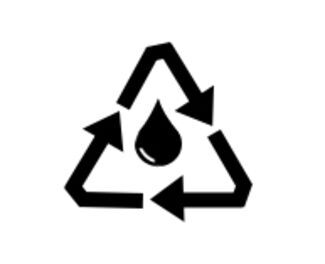
3. Recycle Running Water
Use a dish pan to catch water from your kitchen sink when you do dishes, wash up, etc. Use a bucket to catch shower water (particularly the cold water that comes out before it heats up). Use this water to flush the toilet. Offload your gray water into your black tank to maximize the holding potential of both tanks. You don't want your black tank to dry up, so this has the added bonus of keeping things "liquified" inside the tank.

4. Change Your Kitchen Clean-Up Routine
Wipe remaining food off your dishes with a napkin or paper towel prior to rinsing them in the sink. Limit dishwashing to once per day (bonus: this gives you a great excuse to put off doing the dishes). Depending on how eco-friendly you want to be, you can use paper plates and throw them away afterward, rather than using plastic or glass plates you have to wash. Try cooking foods that don't require much water to make (for instance, avoid boiling pasta, as this uses a lot of water).
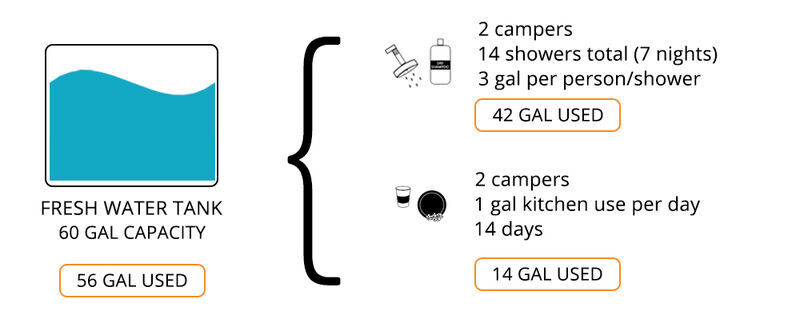





Using Electricity While Boondocking


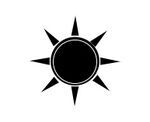
Take advantage of the brightest source of light—the sun. The closer you align your sleeping schedule to the sun's schedule, the more natural light you can take advantage of. For instance, if you usually read for an hour before bed, you might consider making this part of your morning routine instead. Park in the shade if possible on hot days. Avoid using high-power devices like hair dryers, coffee machines, etc. If possible, try preparing food and drinks the old-fashioned way—over a fire.

Replace inefficient bulbs with LEDs to save energy (how much energy? We answer that here). Avoid using your furnace or air conditioner if you can help it. Try a portable fan with low power consumption or a propane-powered heater. Try using battery-powered or power-efficient devices whenever possible. For instance, a tablet draws less power than a laptop and can easily be charged in your vehicle with a USB outlet. A flashlight only takes a couple of batteries, in contrast to a light bulb.

Supplement your current battery bank with additional batteries. The more battery capacity you have, the longer you can rely on your battery bank to power your rig. If using an inverter to charge your laptop, phone, etc, turn off the inverter when you're finished.


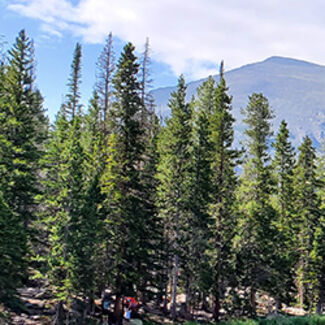

Departments
Towing
- Trailer Hitch
- Fifth Wheel
- Gooseneck
- Towing a Vehicle
- Front Hitch
- RV Hitch
- ATV Hitch
- HD Truck Hitch
- Vehicle Wiring
- Brake Controller
- Ball Mounts
- Weight Distribution
Sports and Recreation
Trailer Parts
- Utility Trailer
- Boat Trailer
- Landscape Trailer
- Enclosed Trailer
- 5th/Camper Trailer
- Car Hauler
- Horse Trailer
Vehicle
Contact & Help

What our customers are saying:
"Great product. fast, professional, and well communicated service. it was a pleasure buying from y'all. thanks again"
Tom
Fort Collins, CO






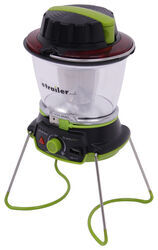


























Joe B.
7/8/2022
Good info. How does one offload gray water into the black tank to maximize the holding potential of both tanks. Thanks.